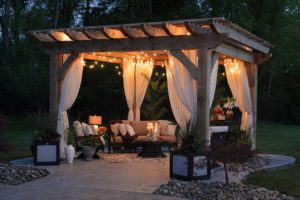
I once had my eye on a new home to purchase, which had a style that really appealed to me. The neighbourhood was beautiful and very close to the mountains, which perfectly suited my wish list. The house looked very well built and I was certain it was the one! Excited, I was ready to make an offer. As a formality, I booked an inspection just to get to know what I was preparing to buy. Sadly, after reading the report on the property’s numerous well-hidden issues, I passed on making the offer. However, very luckily, the inspection had saved me a small fortune.
I eventually found my little piece of heaven, which proved to be a much better property. I completed my purchase with confidence, as this one came with a much more favourable inspection report.
In selecting and working with a home inspector, be sure to keep the following in mind:
-
Is the inspector licensed, what are their professional credentials, and is their insurance up to date?
-
How many years of experience do they have specifically as a home inspector, and roughly how many inspections have they personally completed?
-
What is their specific industry knowledge and career background?
-
Do they have references?
-
What does the report entail? Are photos of each area, each system, and potential issues included?What kind of tools do they use during their inspection?
-
Will they outline any repairs the property may need?
-
Are inspections completed during daylight hours and is the roof inspected?
-
How long do property inspections usually take?
-
Do they provide follow up information such as a suggested maintenance schedule?
A property inspection may be the best money you ever spend in relation to your purchase – peace of mind is priceless. For further information please don’t hesitate to ask, I am always happy to help.
Adapted from DLC Marketing
Photo Credit: Pietro di Grandi – Unsplash.com



